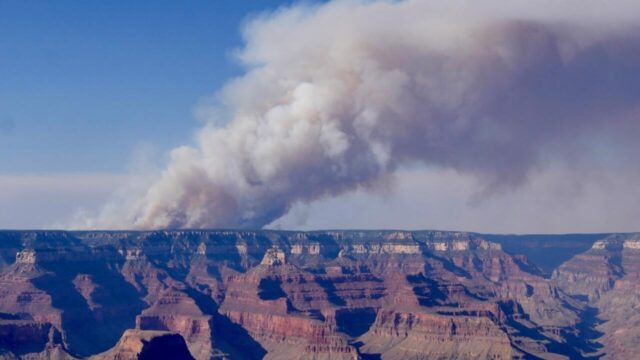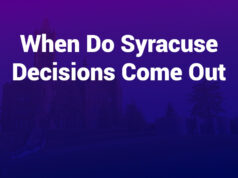Devastating Wildfire Engulfs Historic Grand Canyon Lodge
On Monday, a wildfire that wreaked havoc on the historic Grand Canyon Lodge prompted serious discussions regarding the National Park Service’s management approach to the blaze. Initially, the fire was allowed to burn for several days after igniting from a lightning strike on July 4, before erupting over the weekend in a dramatic surge.
The fire, which primarily affected the North Rim of the Grand Canyon—a less frequented area by tourists—grew rapidly without any containment efforts. Fire officials confirmed that while there were no reported injuries, more than 70 structures were devastated, including the lodge itself and a visitors center.
Initial Response and Escalation
At first, the fire did not raise any immediate alarms. Four days after its ignition, the Park Service stated that a strategy was in place to let the fire burn naturally for ecological benefits while closely monitoring it. “There are no threats to infrastructure or public safety at this time,” they communicated via social media.
However, the situation escalated dramatically. Just three days later, authorities were forced to issue urgent evacuation orders as the fire expanded eightfold within a single day, covering over 1.4 square miles (3.6 square kilometers).
Governor Katie Hobbs of Arizona demanded a federal investigation into the Park Service’s decisions, criticizing the choice to manage the fire as a controlled burn during the peak of the dry summer. Hobbs plans to meet with officials from the U.S. Forest Service and the Department of the Interior for further insight into the fire management decisions.
Destruction and Aftermath
Firefighting efforts shifted from a strategy of “confine and contain” to aggressive suppression as adverse weather conditions, including high winds, exacerbated the spread of the flames. The Grand Canyon Lodge, renowned for its stunning views and rustic architecture, was destroyed alongside employee housing and a wastewater treatment plant, leaving a significant void in the park’s appeal.
Due to the ongoing threat from the fire, access to the North Rim has been closed to the public for the remainder of the year. Evacuations were conducted for hikers in the vicinity, and rafters along the Colorado River were advised to avoid the area around Phantom Ranch.
Wildfire Situation in Other Areas
As the Grand Canyon Lodge fire raged on, multiple other wildfires were reported across the Western United States, with around 120 fires either uncontained or actively being managed for vegetation clearance. This year’s cumulative burn area has reached nearly 2.5 million acres (1 million hectares), slightly below the ten-year average.
| Location | Size (sq miles) | Status |
|---|---|---|
| Grand Canyon Lodge Fire | 9 | Uncontained |
| White Sage Fire | 77 | No containment |
| Gunnison National Park Fire | 5.7 | Active |
Despite the destruction, many remember the cherished memories made at the Grand Canyon Lodge. Tourists fondly recall their experiences of viewing the canyon from the lodge’s stunning vantage point. As the community processes the loss, discussions continue about the necessary changes in wildfire management in the West.














